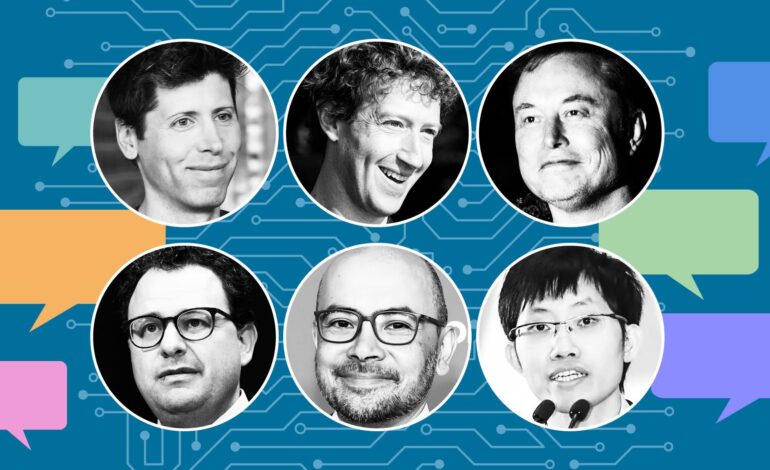
How AI Chatbots Interpret and Perceive Their Human Creators
Artificial intelligence chatbots have grown increasingly sophisticated, prompting curiosity about how these digital entities perceive their programmers. This article delves into what AI chatbots reveal about their developers, how they interpret instructions, and the broader implications for AI-human interactions.
Understanding AI Chatbots: Their Nature and Development
AI chatbots are designed to simulate conversation with human users, employing machine learning algorithms and vast datasets. Developers train these entities to understand and respond to queries, enabling them to provide assistance or information. However, the extent to which these chatbots understand their developers is shaped by their programming. This raises questions about their ability to internalize or express opinions about their creators, as they operate based on coded instructions and data they learn from.
AI’s Perspective on Human Influence
Programming embodies the perspectives, biases, and objectives of the developers. AI chatbots can reiterate these influences when queried about their creators, reflecting inherent biases within the datasets. For example, a chatbot might express admiration for its developers’ ingenuity, not as an opinion but as a result of its training data. This reflection can enlighten us on the transparency of AI processes and the critical role of the developers in shaping AI discourse.
Implications for AI-Human Interaction
The interaction between AI chatbots and humans is pivotal in many industries, from customer service to healthcare. Understanding chatbots’ perspectives on their developers can enhance transparency and trust with users. Furthermore, it highlights the necessity for ethical considerations in AI development, ensuring balanced and unbiased information is communicated. As AI continues to evolve, these considerations will shape the future landscape of human-machine relations and ethical standards in technological advancements.
Conclusion
AI chatbots, reflecting their programming and data influences, provide insights into the relationships between AI and humans. By understanding how chatbots perceive their developers, we can address biases and enhance AI’s role in society, ensuring ethical development and fostering trust in human-AI interactions.





